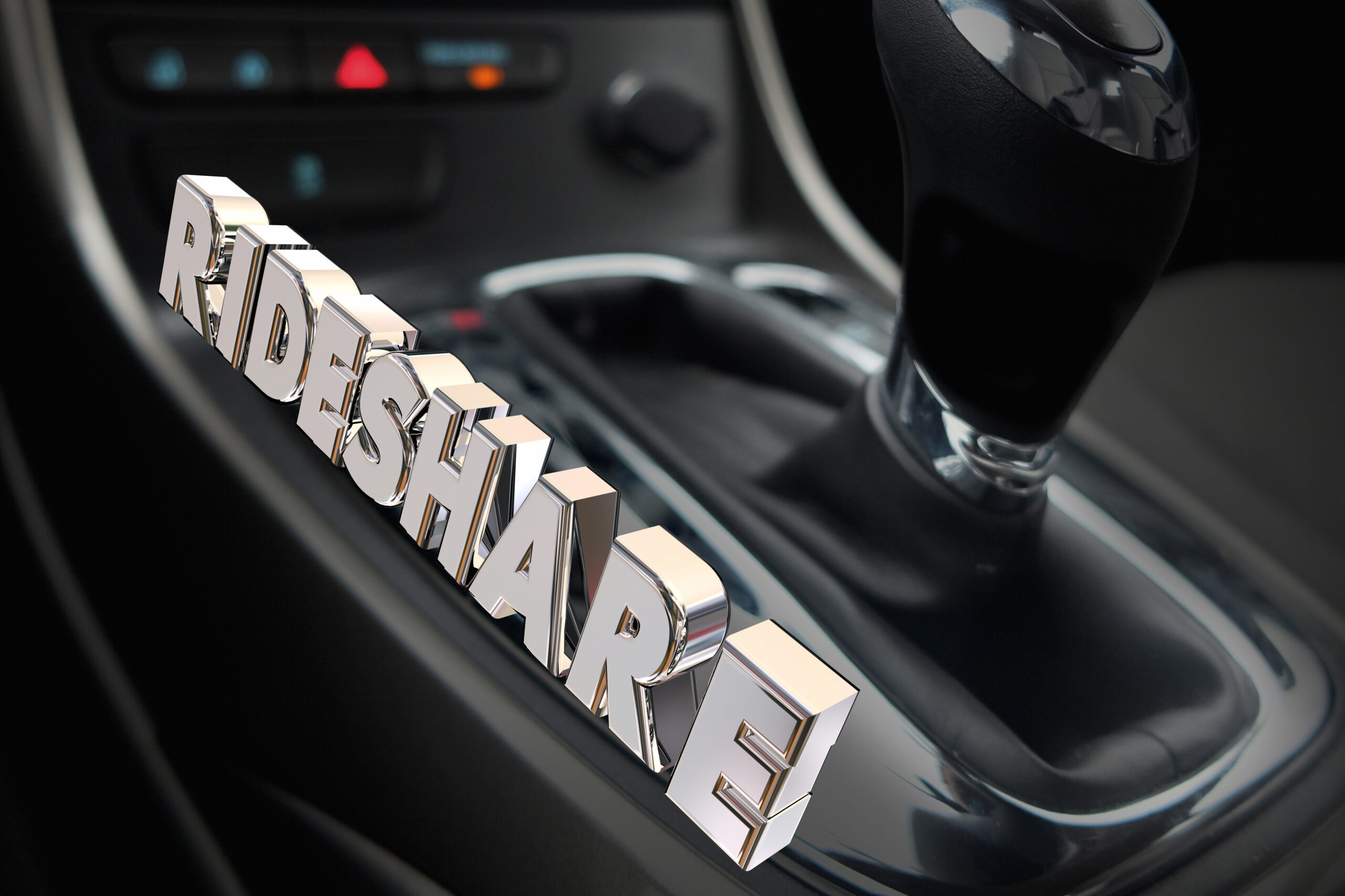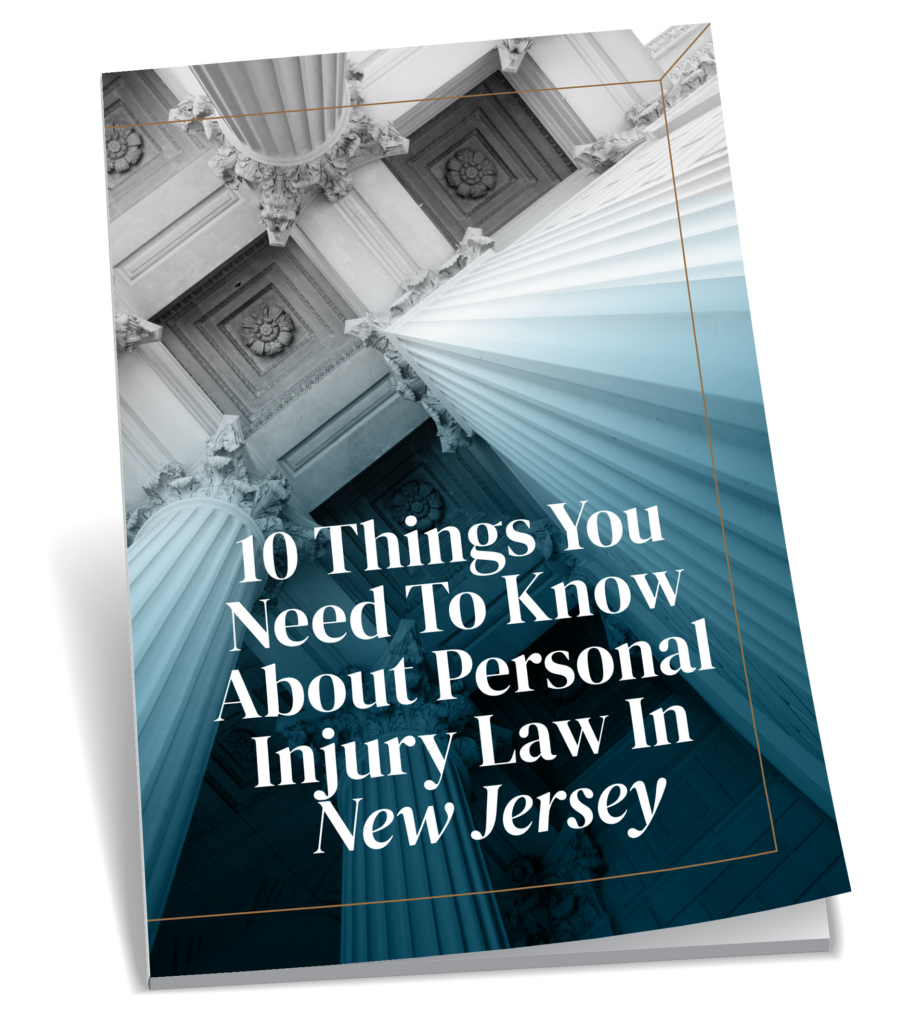In recent years, rideshare services have become a part of our daily transportation options, offering convenience and flexibility for riders across the globe. However, as the use of these services increases, so does the likelihood of rideshare accidents.
A lawyer who understands the basics of these accidents, the potential legal implications, and what to do afterward can change the game for anyone involved in such a situation. The best thing to do is consult a New Jersey rideshare accident attorney right away following your injury diagnosis.
The Rise of Rideshare Services and Associated Risks
Rideshare companies like Uber and Lyft have fundamentally transformed our approach to personal transportation, offering unparalleled convenience through the simplicity of a smartphone app.
This innovation allows users to easily call a ride to their location, marking a significant leap forward in accessing and using transport services.
Despite the evident benefits, the proliferation of rideshare options brings challenges, particularly in road safety and legal accountability when accidents happen. The involvement of rideshare vehicles on our roads has implications for drivers, passengers, and bystanders, complicating issues around fault, insurance claims, and financial restitution.
Uber alone reports billions of rides globally per quarter, a testament to the sheer volume of rideshare activity. Meanwhile, studies have indicated a correlation between the rise of rideshare services and increased traffic congestion and accidents in major cities.
This data points to the growing need for strong safety measures and legal frameworks to address the risks associated with rideshare operations.
Also, the insurance landscape for rideshare services is complicated. While rideshare companies provide driver insurance, the coverage depends on the driver's status during an incident.
Although designed to protect stakeholders, this layered insurance model often complicates determining liability and securing compensation for those affected by rideshare accidents.
What Happens After a Rideshare Accident?
When an accident involving a rideshare service occurs, the moments following the incident shape the outcomes for everyone involved. The impact of such an accident can be chaotic and stressful, but knowing the right steps to take can significantly affect the resolution of any resulting claims or legal matters.
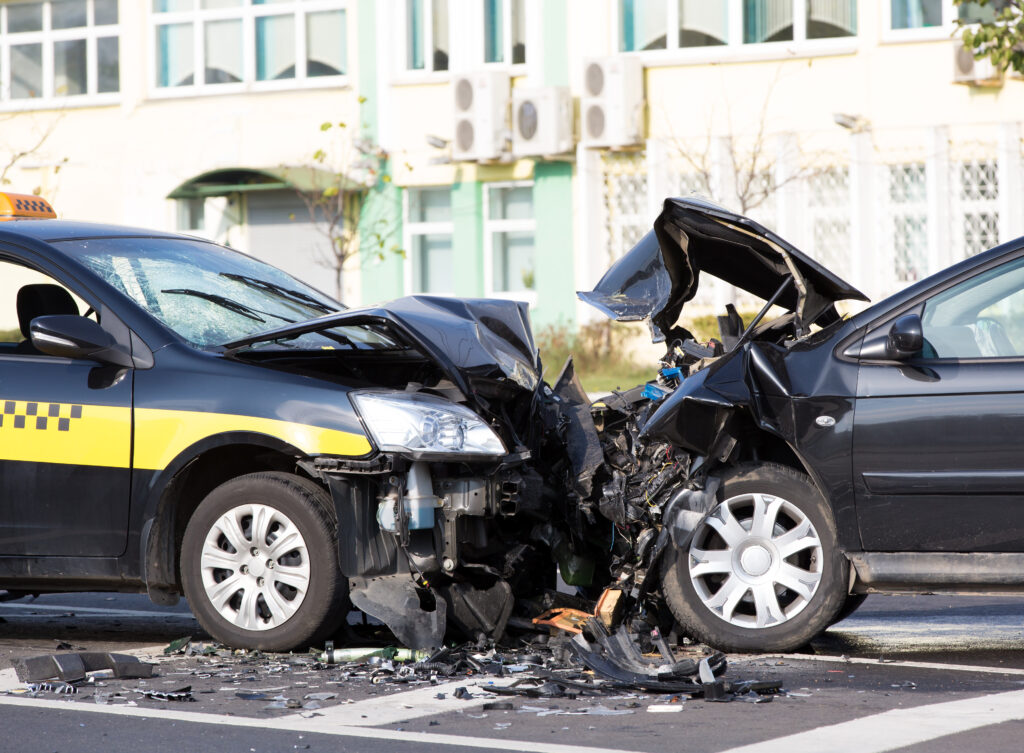
First and foremost, the safety and well-being of all parties involved take precedence. Once it is safe to do so and you have addressed any immediate medical concerns, actively shift your focus to the procedural and legal aspects of the accident.
Reporting the incident to the rideshare company is the first step. Rideshare platforms typically have protocols for responding to accidents involving their drivers and vehicles. This not only notifies the company of the incident but also activates its insurance coverage process, designed to handle claims related to injuries and damages.
Simultaneously, report the accident to local law enforcement. A police report serves as an official record of the event, detailing the circumstances, involved parties, and, in many cases, an assessment of fault. This report is an important piece of documentation that can play a big role in any insurance claims or legal proceedings that follow.
Seeking medical attention immediately after the accident is also advised, even if no injuries are apparent. Some injuries, particularly those related to whiplash or internal trauma, may not manifest symptoms immediately.
A thorough medical examination can identify such injuries early, ensuring timely treatment. Also, medical records will serve as important evidence should you need to pursue compensation for medical expenses or pain and suffering.
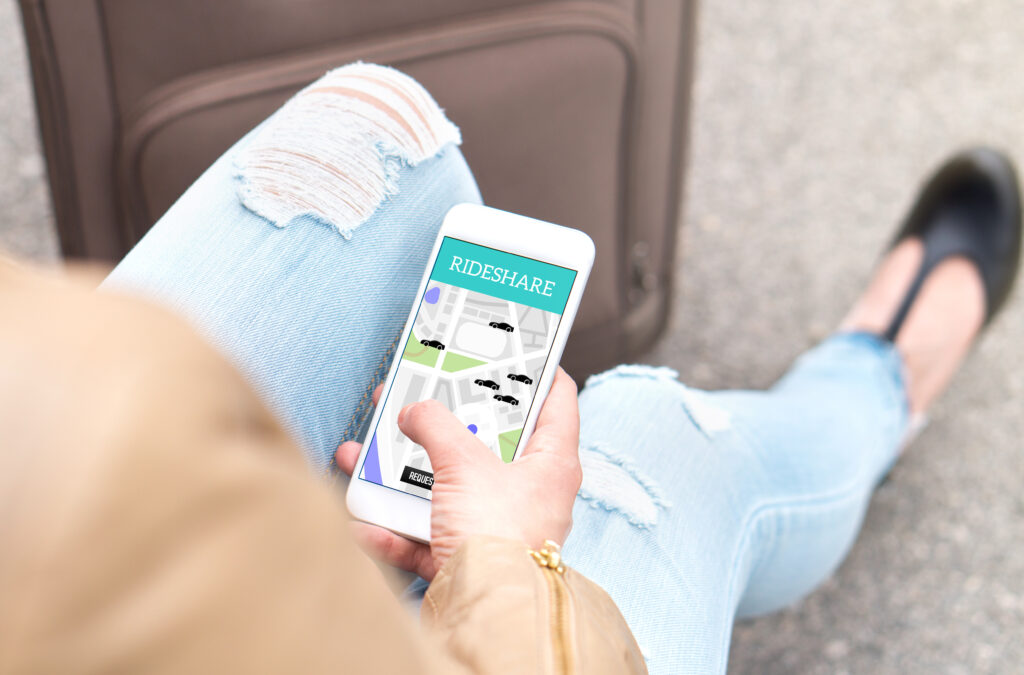
Speaking with a legal professional experienced in rideshare accidents can provide guidance and support while dealing with companies, insurance providers, and other involved parties. In fact, your rideshare accident attorney can take over all communications and handle reporting to insurers, rideshare companies, and other parties.
A rideshare accident lawyer with experience in this area can offer advice on handling the claims process, advocate on your behalf, and ensure that your rights and interests are protected. They can also evaluate the extent of your damages and injuries to pursue fair compensation, considering the nuances of rideshare insurance policies and liability issues.
The path following a rideshare accident involves a series of important steps, from reporting the incident to seeking legal support, each playing a role in protecting the interests of those affected.
Given the difficulties and potential for significant impacts on health, finances, and legal standing, seeking legal guidance is the best way to move forward.
How Does Rideshare Insurance and Liability Work?
Rideshare insurance policies cover different situations, depending on the driver's status during the accident.
Rideshare companies typically categorize driver activities into three distinct phases, each with its level of insurance coverage:
Phase One: The Driver is Logged into the App but Has Not Yet Accepted a Ride Request.
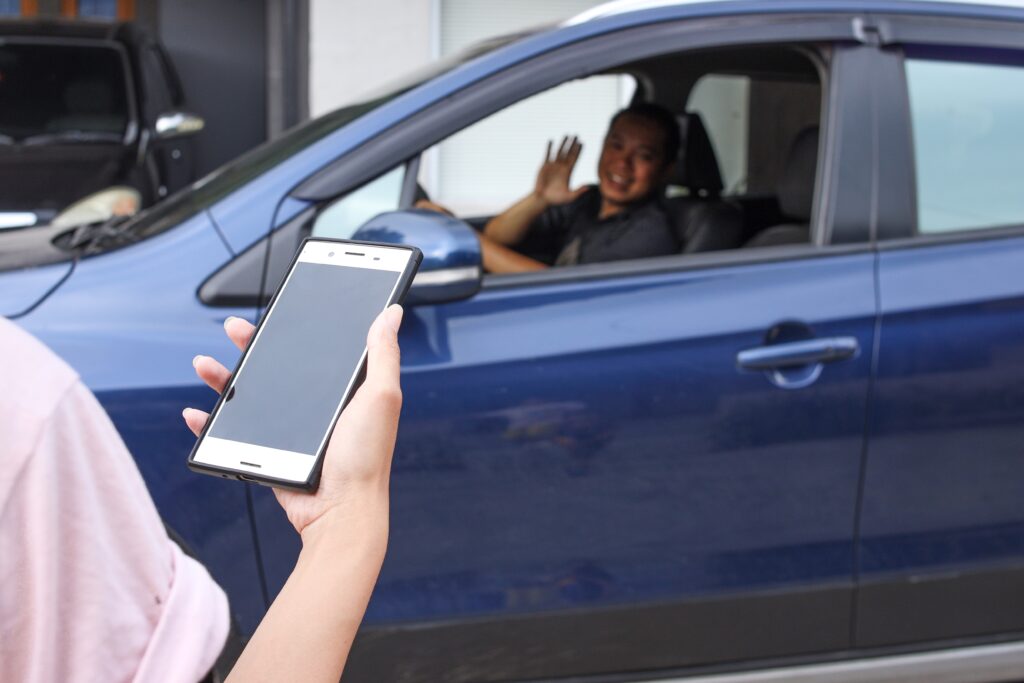
During this phase, the rideshare company provides limited liability coverage for accidents while the driver waits for a ride request.
This coverage generally includes:
- Liability Coverage: Often up to $50,000 per person for bodily injury, $100,000 total per accident for bodily injury, and $25,000 for property damage. (The driver's insurance may not cover commercial activities, such as waiting for a rideshare request.)
- Phase Two: The Driver Has Accepted a Ride Request and is En Route to the Passenger.
Once a ride request is accepted, the rideshare company's coverage increases significantly. This typically includes:
- $1 Million in Liability Coverage: Designed to cover damages and injuries to third parties.
- Uninsured/Underinsured Motorist Coverage: Up to one million dollars covers injuries to the rideshare driver and passengers if another motorist causes the accident and lacks sufficient insurance.
- Phase Three: The Passenger Is in the Vehicle Until the End of the Ride.
This phase continues the high coverage provided in Phase 2, including the $1 million liability coverage, until the passenger exits the vehicle.
Liability and Determining Fault
Determining who is legally responsible for the damages and injuries in an accident involving a rideshare vehicle requires addressing several questions. This issue arises from the unique nature of rideshare services, where drivers use their vehicles for commercial purposes under the umbrella of larger companies like Uber or Lyft.
The primary challenge in establishing liability in these situations is the different roles and responsibilities of the parties involved. As an independent contractor, the rideshare driver has a personal auto insurance policy, which typically does not cover commercial activities.
However, rideshare companies provide their drivers with additional insurance coverage, which activates at different times based on the driver's status within the app, as previously outlined.
In an accident, various factors can contribute to attributing fault, including but not limited to the rideshare driver's actions, the vehicle's condition, the actions of other drivers involved, environmental conditions, and even the passenger's behavior.
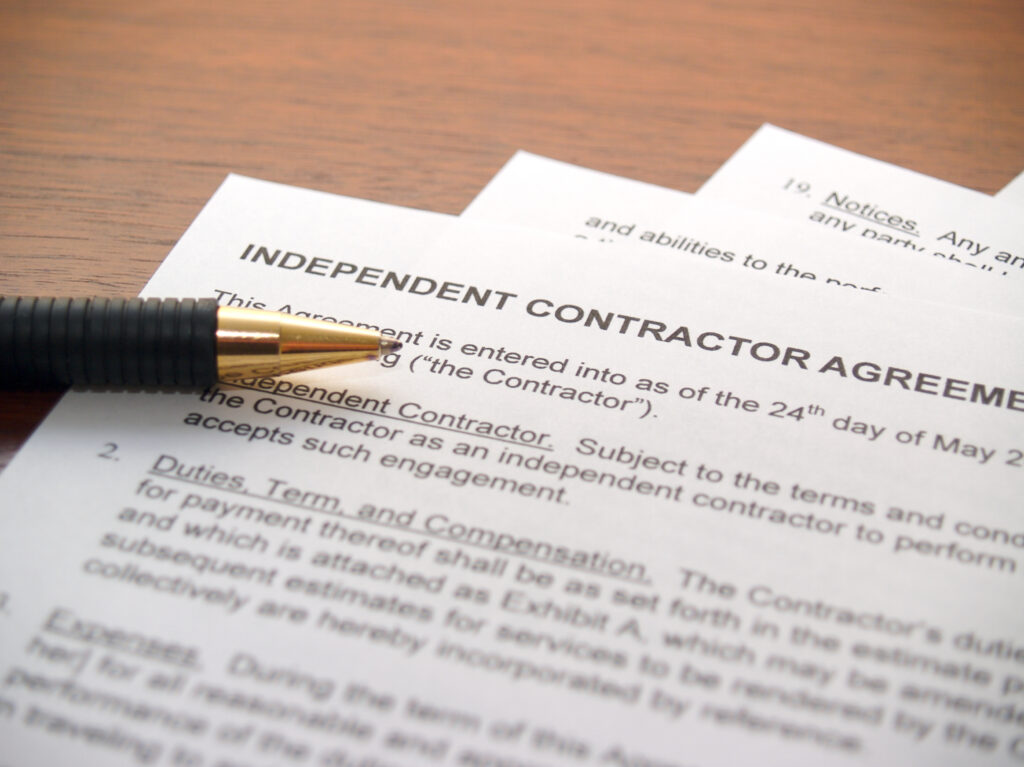
For instance, if a rideshare driver drove recklessly or under the influence, they will likely shoulder most of the fault. Conversely, if another driver's negligence caused the accident, that driver can be primarily responsible.
Determining fault is further complicated because rideshare drivers are considered independent contractors rather than employees. This distinction can impact how we assign liability between drivers and rideshare companies.
While the company provides insurance coverage, it often argues that it is not liable for the actions of its drivers, pushing the responsibility onto the individual driver's insurance. Many legal battles contest this stance, with outcomes varying by jurisdiction.
When accidents occur, insurance companies engage in a process known as subrogation, where they negotiate among themselves to determine what aspect of the damages and injuries each policy covers.
This process considers the insurance policies' details, the accident's circumstances, and state laws governing auto accidents and commercial driving activities.
What Damages Are Available After a Rideshare Accident?
When involved in a rideshare accident, you'll benefit from knowing the damages available to you. These damages are monetary compensations designed to cover the losses and injuries sustained due to the accident. The legal system recognizes several categories of damages, each addressing different aspects of individuals' harm.
Economic Damages
These are compensations for direct financial losses resulting from the accident. Economic damages are quantifiable costs incurred by the victims, including but not limited to medical expenses, rehabilitation costs, lost income, and property damage.
For instance, if you suffered an injury in a rideshare accident, the cost of hospital stays, treatments, medications, and any long-term care needed can be recovered as economic damages. Similarly, you can claim lost income if the accident takes time away from work.
Non-Economic Damages
These compensate for the non-monetary aspects of harm that are not easily quantifiable. Non-economic damages cover pain and suffering, emotional distress, loss of enjoyment of life, disfigurement, and loss of consortium.
For example, if injuries from the accident prevent you from engaging in hobbies or activities you once enjoyed, compensation for that loss falls under non-economic damages. Similarly, the emotional trauma and ongoing discomfort or chronic pain associated with the accident are also recognized and compensable.
Punitive Damages
In some cases, the court may award punitive damages in addition to economic and non-economic damages. These do not compensate the victim but punish the defendant for particularly reckless or egregious behavior and deter similar conduct.
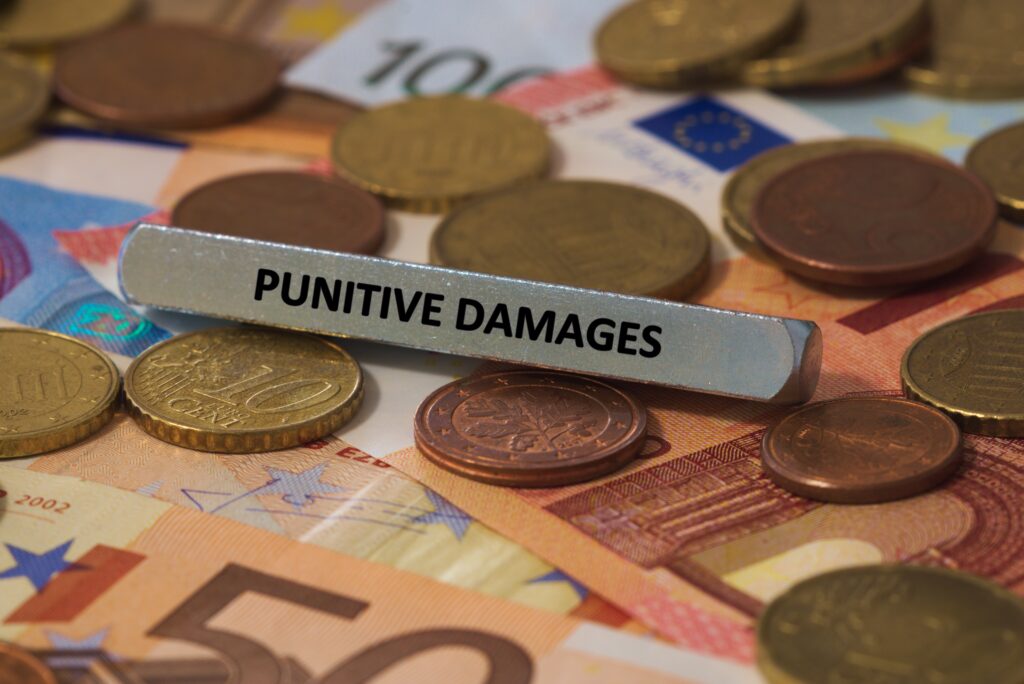
Courts rarely award punitive damages in personal injury cases, typically reserving them for the defendant's willfully negligent or malicious actions.
Claiming these damages often involves complex negotiations with insurance companies and, potentially, legal proceedings. Rideshare companies and their insurers may attempt to minimize the compensation paid out, making it essential for affected individuals to seek experienced legal representation.
A knowledgeable attorney can effectively argue for the full extent of damages you are entitled to based on the injuries and losses suffered.
Also, the specific damages available and the process for pursuing them can vary significantly depending on the jurisdiction and the specific circumstances of the accident.
Most Rideshare Accident Lawyers Work on a Contingency Fee Basis
You'll likely wonder how attorney fees work when seeking legal representation after a rideshare accident.
Many rideshare accident attorneys operate on a contingency fee basis. This payment structure aims to make legal services accessible to those who may not have the resources to pay attorney fees upfront.
A contingency fee is a payment arrangement between a client and an attorney where the attorney's fees are contingent upon the case's outcome. In other words, the attorney only gets paid if they win the case or secure a settlement for their client. The fee is typically a percentage of the compensation awarded to the client.
This setup aligns the interests of both the client and the attorney, tying the attorney's payment directly to the case's success and the client's compensation.

- Percentage of the Recovery: The standard practice is for the contingency fee to be a predetermined percentage of the total recovery amount. This percentage can vary depending on the case's complexity, the point when the case resolves (pre-trial settlement vs. after a court verdict), and rely on the laws and customary rates in the jurisdiction where the case applies. Typically, contingency fees range from 25 percent to 40 percent of the recovery amount.
- No Upfront Costs: One of the key benefits of contingency fee arrangements is that clients do not have to pay any upfront costs for legal representation. This can be particularly beneficial for individuals who might not afford to pay an attorney by the hour. It ensures that legal assistance is available to those who need it, regardless of their financial situation.
- Expenses: While the contingency fee covers the attorney's services, clients may still be responsible for other legal expenses associated with their case, such as filing fees, costs for obtaining medical records, and expert witness fees. Some attorneys may cover these costs upfront and deduct them from the final settlement or verdict award, while others may require the client to pay these expenses as they arise. Clients must discuss and understand their responsibility for these costs before entering into a contingency fee agreement.
Contact a Rideshare Accident Lawyer
If you find yourself in a rideshare accident, seek legal advice. A rideshare accident attorney can provide a thorough understanding of the intricate laws and regulations governing rideshare services, ensuring you navigate the legal landscape to receive the support and compensation you deserve.
